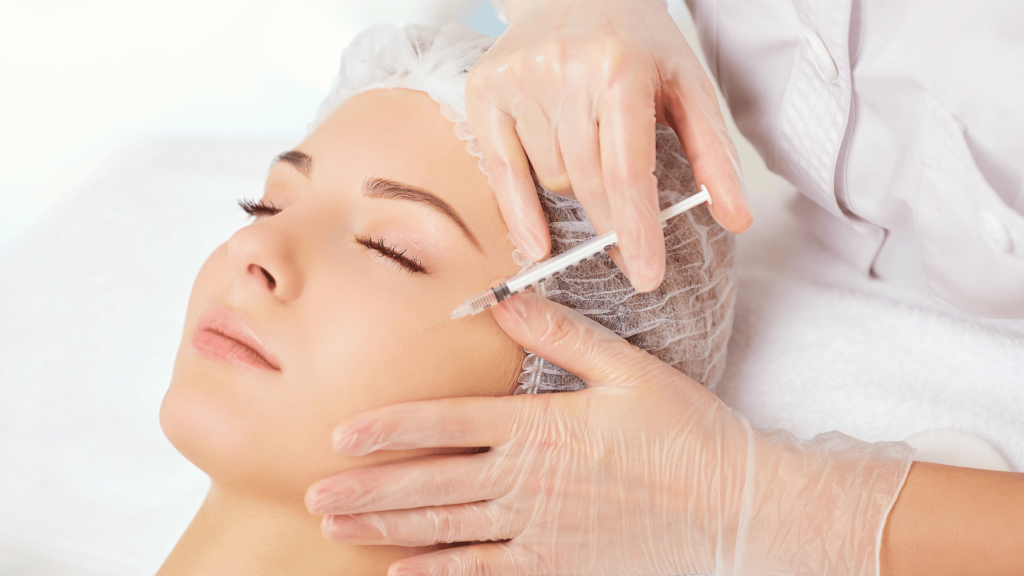
Insurance is an essential aspect of any beauty-related business. However, there are several myths and misconceptions surrounding insurance in the beauty sector that can lead to confusion and potentially inadequate coverage. In this article, we’ll debunk some of the common myths about insurance in the beauty industry.
10 Myths About Insurance in the Beauty Sector
Here are some of the myths about insurance and the realities behind it.
Myth 1: “I Don’t Need Insurance; I’m Careful.”
Reality: Accidents can happen to even the most careful professionals. Having insurance provides a safety net in case of unforeseen incidents, protecting your business from financial setbacks.
Myth 2: “My Homeowner’s Insurance Covers My Home-Based Salon.”
Reality: Most homeowner’s insurance policies don’t cover business-related activities, especially if clients visit your home for treatments. You’ll likely need a separate business insurance policy.
Myth 3: “I’m a Solo Practitioner; I Don’t Need Liability Insurance.”
Reality: Liability insurance is crucial, even for solo practitioners. It protects you from potential legal claims, such as client injuries or dissatisfaction with services. It can be a lifesaver in case of unexpected legal expenses.
Myth 4: “Insurance is Too Expensive.”
Reality: Insurance costs can vary, but the price of insurance is often a fraction of the potential financial losses you could incur without it. Many insurers offer affordable policies tailored to the beauty industry.
Myth 5: “I Don’t Need Insurance for My Beauty Products; They’re Safe.”
Reality: Product liability insurance is vital if you sell beauty products. Even safe products can cause allergic reactions or other issues in some individuals. This insurance covers you in case of product-related claims.

Myth 6: “I Can’t Afford Workers’ Compensation Insurance.”
Reality: In the UK, if you have employees, you are legally required to have workers’ compensation insurance. Failing to comply can result in severe penalties. Fortunately, there are policies designed for small businesses that make this coverage affordable.
Myth 7: “My Business Interruption Insurance Isn’t Necessary.”
Reality: Business interruption insurance can be a lifesaver during unexpected events like fires or natural disasters. It covers lost income and ongoing expenses, allowing your business to recover more smoothly.
Myth 8: “I Don’t Need Insurance; I’ve Been in Business for Years Without Issues.”
Reality: Past success is no guarantee of future safety. Insurance provides protection against unforeseen events that can happen to any business, regardless of its history.
Myth 9: “I Can Figure Out Insurance on My Own.”
Reality: Insurance can be complex, with various types of coverage and policies. Consulting with an insurance professional who understands the beauty industry can help you make informed decisions and avoid potential pitfalls.
Myth 10: “Insurance Doesn’t Benefit My Clients.”
Reality: Knowing that you have insurance can instil confidence in your clients, knowing that you’re prepared to handle unexpected situations professionally. This can enhance client trust and satisfaction.
Conclusion
Insurance is a vital component of any beauty-related business, and it’s essential to separate fact from fiction. By understanding the realities and myths about insurance in the beauty sector, you can make informed decisions to protect your business, your clients, and your peace of mind.





